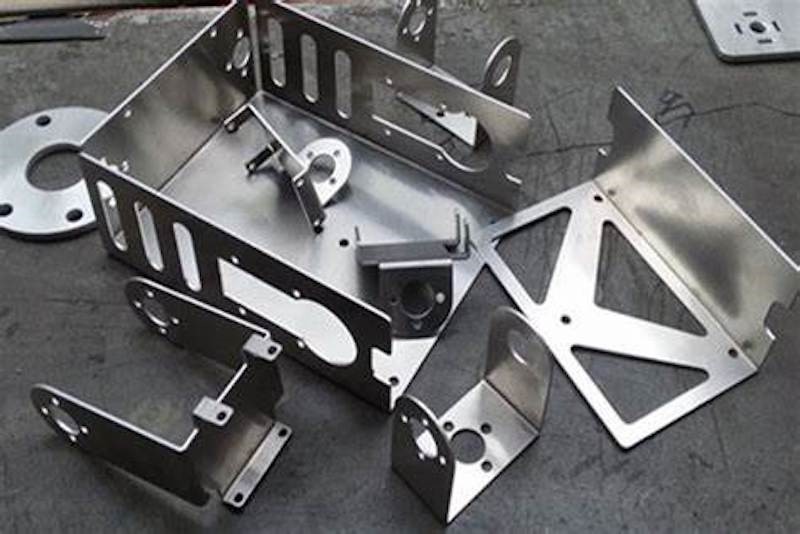Consider yourself an engineer with a creative product idea: a modern, practical design that has the potential to completely transform its sector. Imagine investing all of your time and effort into developing it, only to discover after production that the design simply does not work in the real world, the tolerances are incorrect, and the parts do not fit.

In this situation, Sheet Metal Prototyping acts as a toolbox superhero.
Why Sheet Metal Prototyping Matters?
Precision is crucial in the high-stakes field of engineering. Sheet metal prototyping enables engineers to swiftly and economically realize their ideas by bridging the gap between concept and production. Test, adjust, repeat is the engineering equivalent of a dress rehearsal.
When creating a component for a car chassis, an airplane, or a next-generation appliance, sheet metal prototyping enables you to:
● Evaluate design feasibility
● Test fit and function
● Identify and resolve flaws early
● Cut down lead times dramatically
Making something functional is more important than merely creating something tangible.
From CAD to Reality: The Creative Journey
The adaptability of sheet metal prototyping is what makes it so intriguing. Engineers can use methods like metal stamping, CNC bending, and laser cutting to turn a CAD model into a tangible prototype. These procedures provide a nearly exact depiction of the finished product by simulating the actual manufacturing phases.
This aids in design refinement and provides information about how the finished product will respond to stress, heat, and actual use. Imagine having a crystal ball without the mystery.
Collaboration and Innovation Go Hand-in-Hand
The way that sheet metal prototyping fosters creativity is what makes it so fascinating. Together, engineers, designers, and manufacturers iterate in real time. Mistakes are welcomed rather than feared because every change moves the team closer to a better, more intelligent, and more reliable product.
To put it briefly, sheet metal prototyping is a creative playground with practical applications rather than only an engineering tool.
Ending Strong With Rapid Tooling
Rapid tooling, or the quick creation of molds and tools to get ready for short-run or full-scale production, is the next natural step as prototypes get closer to perfection. Rapid tooling, when paired with sheet metal prototyping, reduces the timeframe from months to weeks (and occasionally even days), enabling quicker reaction to design modifications and market demands.
So, whether you are developing a drone bracket or a new kitchen appliance, remember: excellent engineering starts with great prototyping.
Frequently Asked Questions
What is sheet metal prototyping?
Sheet metal prototyping is the process of creating physical models from metal sheets to test and refine product designs before mass production.
What metals are commonly used in sheet metal prototyping?
Common choices include aluminum, stainless steel, copper, and mild steel, depending on the application and required properties.
Is sheet metal prototyping expensive?
Not at all! It's cost-effective compared to full production runs and can save a lot in the long term by catching design flaws early.
How fast can I get a sheet metal prototype made?
Depending on complexity, you can receive a prototype in as little as a few days, making it ideal for tight development timelines.
How does sheet metal prototyping benefit the engineering design process?
It allows for rapid testing and iteration, reducing development time and costs while improving product quality.
Ready to accelerate your engineering projects with expert sheet metal prototyping? Contact UIDEA today to discover how our tailored solutions can bring your designs to life.
















